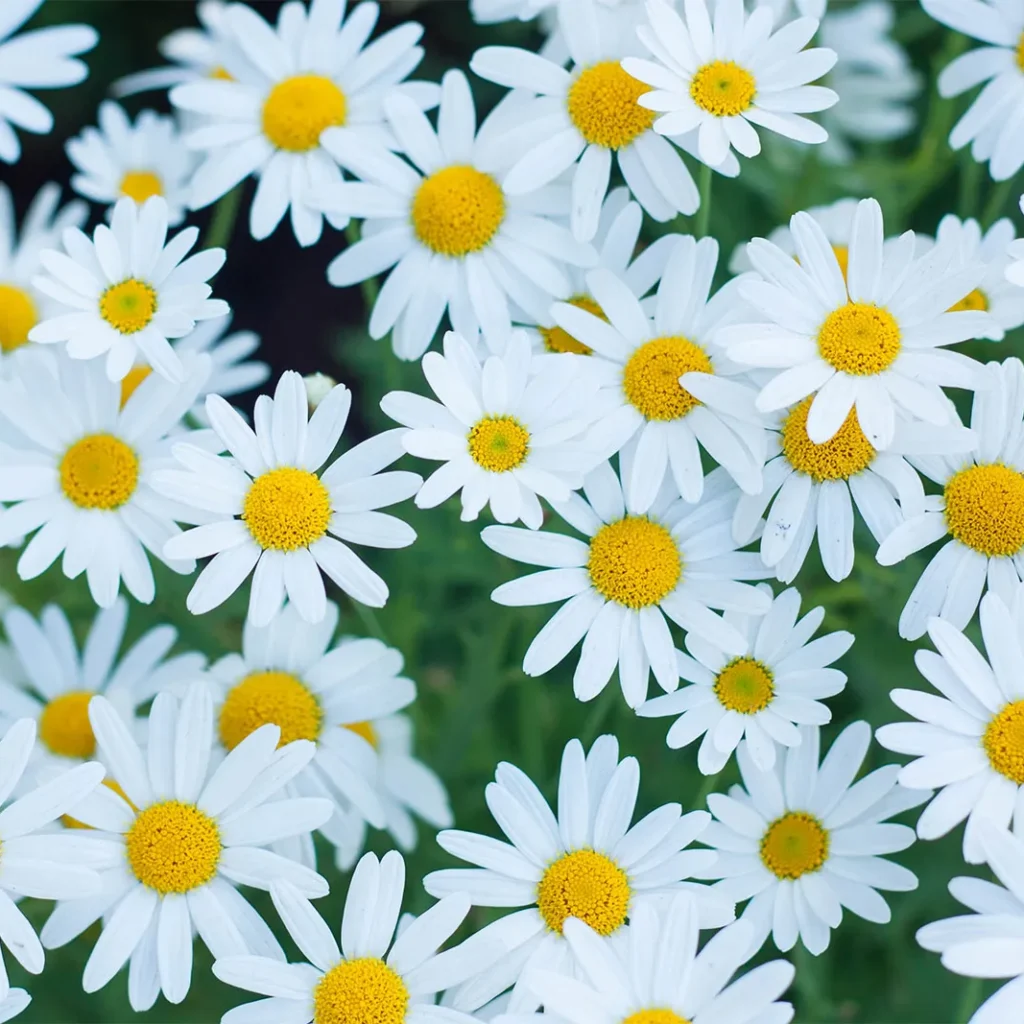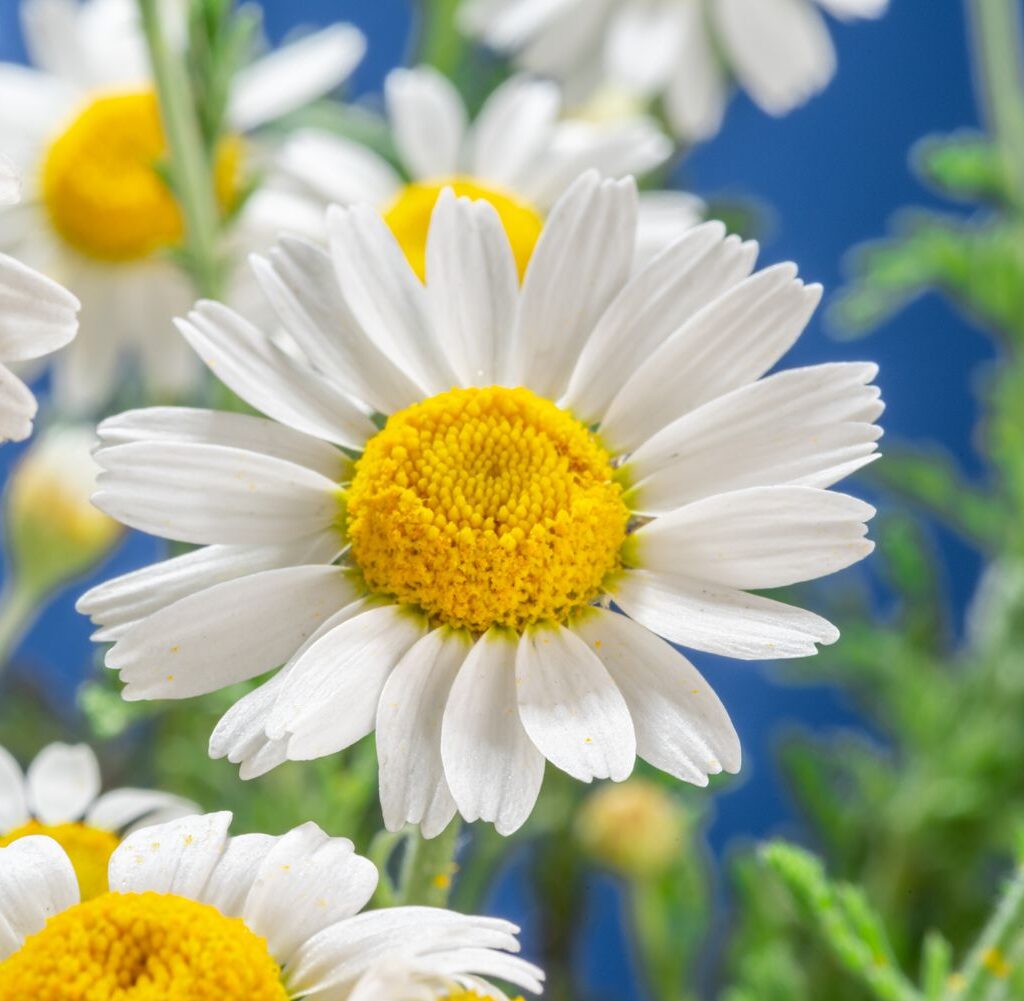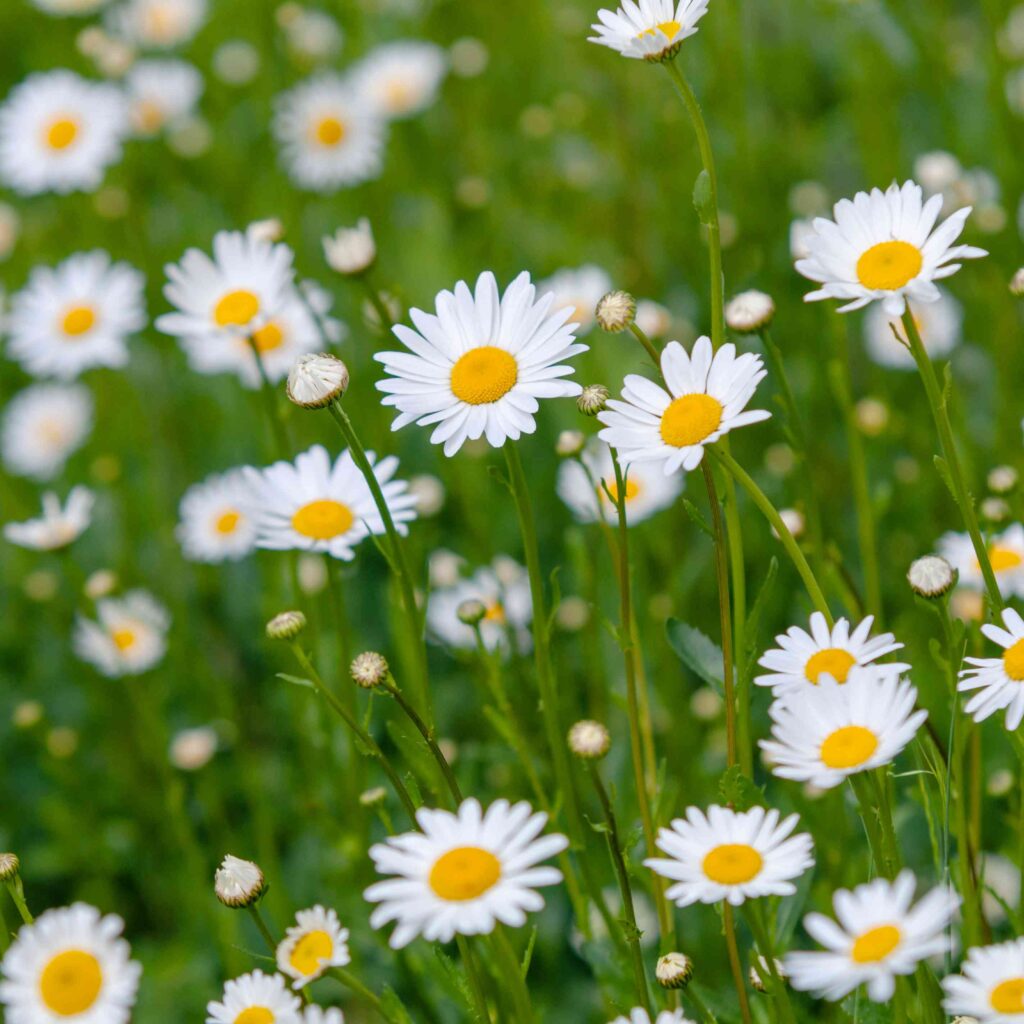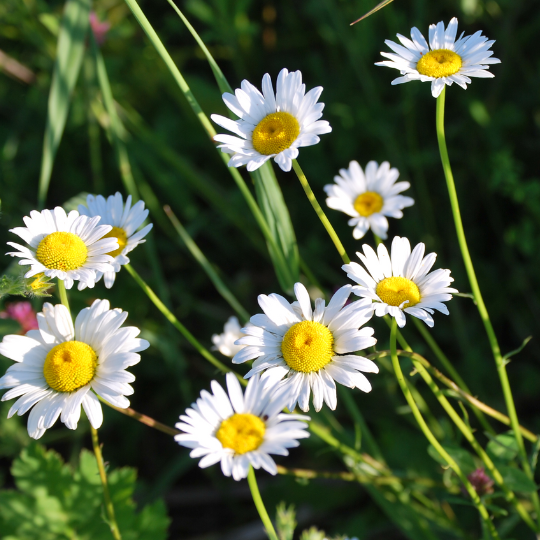Daisies — with their simple, cheerful blooms and pure, white petals surrounding sunny yellow centers — have charmed people for centuries. Associated with innocence, purity, and new beginnings, daisies remain one of the world’s most beloved flowers. They flourish in gardens, feature in bouquets, and bloom in wild meadows worldwide.
But beyond their natural beauty, daisies represent a significant part of the global floriculture industry. This leads us to an intriguing question: Which country is the largest daisy producer in the world? In this article, we’ll explore the answer, explain why this country dominates daisy cultivation, and delve into the global market for these iconic flowers.
A Brief History of Daisies

The term daisy encompasses several species within the Asteraceae family, one of the largest plant families globally. Popular types include:
- Gerbera daisies (Gerbera jamesonii) — the most commercially cultivated type.
- Shasta daisies (Leucanthemum × superbum)
- English daisies (Bellis perennis) — often found in wildflower meadows.
Native to Europe and Africa, daisies have been admired since ancient Roman and Greek times. The name daisy is believed to originate from the Old English word dægeseage, meaning day’s eye, as the flower opens at dawn and closes at dusk.
Which Country Is the Largest Daisy Producer in the World?
When it comes to large-scale, commercial daisy production — particularly Gerbera daisies, the most cultivated type for cut flowers — the Netherlands stands as the largest daisy producer in the world.
Key Facts:
- The Netherlands grows more than 900 million Gerbera daisy stems annually.
- The country leads in both greenhouse daisy cultivation and daisy exports.
- Dutch flower auctions, particularly Royal FloraHolland in Aalsmeer, handle the majority of global daisy trade.
- The Netherlands is responsible for over 50% of the world’s cut Gerbera daisy exports.
While countries like Colombia, Kenya, and Ecuador also cultivate daisies, none match the Netherlands’ volume or market reach.
Why Does the Netherlands Lead in Daisy Production?

Several reasons explain the Netherlands’ dominance in the global daisy industry:
Perfect Climate and Greenhouse Technology
The Netherlands’ mild, maritime climate and advanced greenhouse infrastructure provide ideal conditions for growing Gerbera daisies year-round. Farmers use climate-controlled greenhouses equipped with precision irrigation, light regulation, and integrated pest management systems.
Advanced Horticultural Expertise
The Dutch have a centuries-old floriculture tradition. Generations of growers have perfected the art of flower breeding and greenhouse farming, supported by horticultural research institutions and universities.
World’s Largest Flower Auction Network
Dutch daisies are marketed globally through Royal FloraHolland auctions, the world’s biggest floral marketplace. This ensures rapid distribution of fresh-cut flowers to Europe, North America, Asia, and the Middle East.
Rich Variety and Breeding Programs
The Netherlands leads in developing new Gerbera daisy varieties. Dutch breeders produce cultivars in a spectrum of colors — from traditional whites and yellows to pinks, reds, and purples — with improved disease resistance and vase life.
Major Daisy-Growing Areas in the Netherlands
While daisy cultivation occurs nationwide in greenhouse clusters, key areas include:
- Aalsmeer — the flower capital of the world, home to Royal FloraHolland.
- Naaldwijk and Rijnsburg — important floriculture hubs with large greenhouse complexes.
- North Brabant and Westland — renowned for intensive greenhouse flower production.
Other Leading Daisy-Producing Countries

Though the Netherlands leads, several other nations play a significant role in global daisy cultivation, particularly for cut flowers:
| Country | Approximate Annual Gerbera Production | Notes |
|---|---|---|
| Netherlands | 900+ million stems | World’s largest producer and exporter |
| Colombia | 300+ million stems | Major supplier to North America |
| Kenya | 250+ million stems | Primary exporter to Europe |
| Ecuador | 200+ million stems | Strong supplier to the U.S. |
| Italy | 150+ million stems | Significant European producer |
| Spain | 100+ million stems | Notable Mediterranean daisy market |
These countries focus mainly on Gerbera daisies, grown under greenhouses or controlled field conditions for cut flower export markets.
Uses of Daisies Beyond Decoration
Ornamental and Decorative Uses
Daisies are popular in:
- Bouquets and floral arrangements
- Weddings and events
- Public parks and private gardens
- Indoor potted plant displays
Symbolic and Cultural Significance
Daisies symbolize innocence, purity, and love. In ancient Rome, they were associated with fertility, while in Norse mythology, they were sacred to the goddess Freya.
Medicinal and Therapeutic Applications
Certain daisy species, like the English daisy (Bellis perennis), have been traditionally used in herbal medicine to treat:
- Coughs and colds
- Skin inflammations
- Wound healing
Ecological Benefits
Daisies are excellent pollinator plants, attracting bees, butterflies, and other beneficial insects to gardens and agricultural fields.
Economic Importance of Daisy Production

In the Netherlands, the floriculture sector — with Gerbera daisies as a key component — generates:
- €5.5 billion in annual export revenue
- Employment for over 60,000 people
- A significant share of the European and global cut flower market
Daisy farming in countries like Colombia, Kenya, and Ecuador supports thousands of smallholder farmers and floriculture workers, contributing substantially to local economies.
Challenges in Daisy Production
Climate Change
Unpredictable weather patterns, rising temperatures, and increasing humidity affect daisy cultivation, particularly in open fields.
Pest and Disease Control
Gerbera daisies are susceptible to pests like aphids and thrips, as well as fungal diseases such as Botrytis and powdery mildew. Greenhouse management and integrated pest control are essential.
Market Competition
Global cut flower markets face price volatility and competition from emerging producers in Asia and Africa, challenging traditional exporters.
The Future of Daisy Cultivation

- Sustainable Floriculture: Dutch growers are shifting towards eco-friendly cultivation, reducing pesticide use, and adopting energy-efficient greenhouses.
- Breeding Innovations: New daisy hybrids with longer vase life, richer colors, and greater disease resistance are being developed.
- Growing Demand in Asia: Rising affluence and demand for imported flowers in China, India, and Southeast Asia offer new export opportunities.
Conclusion
So, which country is the largest daisy producer in the world?
The definitive answer is the Netherlands.
With over 900 million Gerbera daisy stems produced annually, advanced greenhouse technology, rich horticultural expertise, and the world’s largest flower auction system, the Netherlands remains the unchallenged global leader in daisy cultivation and trade. While countries like Colombia, Kenya, and Ecuador contribute meaningfully, none match the Dutch dominance in scale, quality, and market reach.
As demand for fresh-cut flowers continues to grow worldwide, the future for daisies — especially those blooming in Dutch greenhouses — looks bright and beautiful.



